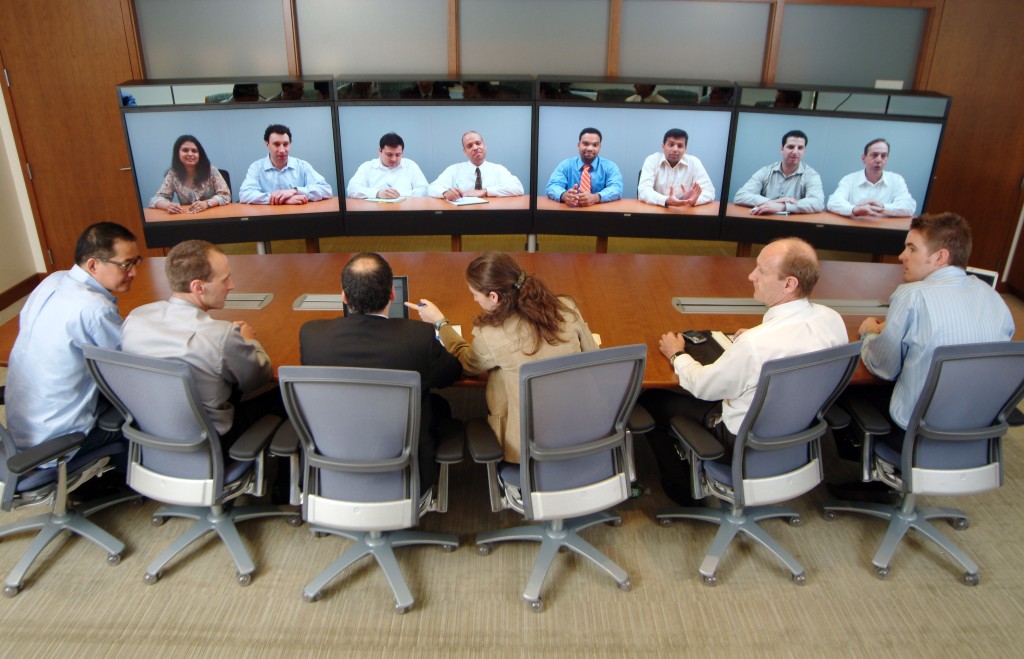Video conferencing isn’t a particularly old technology, at least not in the form that we recognize it in today. However, it’s become extremely widespread, and has very quickly turned into a popular way to communicate both casually for personal reasons, and in the professional field—albeit to different standards.
There’s a wide gap in formality between video calling someone in the family for a little chat and a friendly update on personal matters after weeks or months of not talking, and speaking with a client of large importance on matters that are specifically important to the project you’re involved with in regards to that client.
Video conferencing can be a great tool – but like any form of technology, misuse can mar its potential and turn an amazing boon into a horrible bane. Don’t become a slave to the possibilities of video meetings – utilize them to their greatest effect by making use of the following best practices:

How to Make the Most of Video Conferencing
When considering the use of video conferencing as a way to communicate with clients, make sure to first tackle a few considerations and ensure that you’re truly making the most of the experience. Video conferencing does require a certain etiquette to be upheld, as per Inc.com. Some basic tips include:
- Utilizing premium software.
Always consider utilizing the premium option, especially on a business level. While free VOIP software is just fine for usage in a non-professional setting, there is a real difference between what a simple VOIP can do, and what a premium service can achieve.
You’re looking at higher security, better ease of use, higher device and software integration, file sharing and screen sharing capabilities above and beyond in quality what other services can do, and more.
- Being on-time always.
This is general courtesy, but it’s just as important online as in physical meetings. In fact, given the ease of attendance afforded by meeting online, you could say that it’s even more critical to come prepared and on-time when communicating online. And speaking of prepared:
- Prepping and testing beforehand.
A video call isn’t like walking into a room and starting a conversation. There are factors that are outside of your usual comfort zone that need to be tested, such as whether or not the mic is working properly, how the lighting works, how the sound quality works, what words you can and can’t say, coming prepared with a structure for the meeting, and more.
While video conferencing can be a great way to communicate with clients, and is most definitely an addition most people should make to their growing repertoire of advanced tools to make communication and business efficiency better than ever, knowing more about the wonders of video conferencing can give you a newfound appreciation for its capacities – especially today versus as recently as ten years ago, when it was a different beast entirely.
A Little History
The ability to call someone and be able to look at them remotely was an invention dating as far back as the Second World War, but it wasn’t until the 60s and beyond that it even reached any significant level of commercial viability – and even then, that viability was reserved for elite corporations and high-level business meetings.
Another few decades passed, and finally, somewhere around the early 2000s, the ability to call someone and view them through a webcam went from being science fiction to a total reality. You could now utilize something called “voice over internet protocol” to call people over the Internet, and with the very first (extremely low quality) instances of video streaming, the casual and commercial video conference was born.
On the other side of the spectrum, companies like Cisco and Polycom dominated the enterprise video conferencing world, where actual high-quality video calling was very much possible, but only through extremely heavy and ridiculously expensive equipment, all of which came with an impossibly large amount of cabling, and the necessity of a trained IT team to maintain the technology and set it up for half an hour or more before each and every call.
It was a massive hassle. Today, the very same level of calling technology is achieved through a thin piece plastic, metal and glass, with two taps and a rudimentary, common Wi-Fi connection available in any major hotel lobby on the planet, and video meeting tools have expanded to allow for amazing innovations and new communication and training methods, like the ability to utilize a large scale webcasting service like BlueJeans to offer live streamed training events. There is just no reason not to integrate video conferencing into your business, and for several reasons:
- It’s really easy to get started nowadays.
- It offers a seamless way to communicate online, and supplement physical meetings.
- It’s relatively easy to use for various applications, such as recruitment as per HC Online.
No matter how you prefer to apply video conferencing to your company’s many needs, just know that no matter what size your business is, or what industry you operate in, there’s a way for you to make use of the ability to communicate more efficiently and effectively.